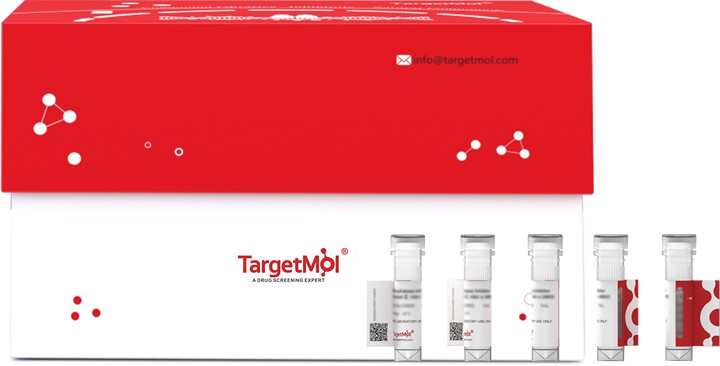Shopping Cart
- Remove All
 Your shopping cart is currently empty
Your shopping cart is currently empty

CXCR3 Protein, Human, Recombinant (GST & His) is expressed in E. coli.

| Pack Size | Price | Availability | Quantity |
|---|---|---|---|
| 20 μg | $284 | 20 days | |
| 100 μg | $590 | 20 days | |
| 1 mg | $2,530 | 20 days |
| Biological Activity | Activity has not been tested. It is theoretically active, but we cannot guarantee it. If you require protein activity, we recommend choosing the eukaryotic expression version first. |
| Description | CXCR3 Protein, Human, Recombinant (GST & His) is expressed in E. coli. |
| Species | Human |
| Expression System | E. coli |
| Tag | N-6xHis-GST |
| Accession Number | P49682 |
| Synonyms | IP-10 receptor,Interferon-inducible protein 10 receptor,GPR9,G protein-coupled receptor 9,CXCR-3,CXC-R3,CXCR3,C-X-C chemokine receptor type 3,CKR-L2,CD183 |
| Amino Acid | EVSDHQVLNDAEVAALLENFSSSYDYGENESDSCCTSPPCPQDFSLN |
| Construction | 4-50 aa |
| Protein Purity | > 85% as determined by SDS-PAGE. |
| Molecular Weight | 36.6 kDa (predicted) |
| Endotoxin | < 1.0 EU/μg of the protein as determined by the LAL method. |
| Formulation | Tris-based buffer, 50% glycerol |
| Reconstitution | A Certificate of Analysis (CoA) containing reconstitution instructions is included with the products. Please refer to the CoA for detailed information. |
| Stability & Storage | Lyophilized powders can be stably stored for over 12 months, while liquid products can be stored for 6-12 months at -80°C. For reconstituted protein solutions, the solution can be stored at -20°C to -80°C for at least 3 months. Please avoid multiple freeze-thaw cycles and store products in aliquots. |
| Shipping | In general, Lyophilized powders are shipping with blue ice. Solutions are shipping with dry ice. |
| Research Background | Receptor for the C-X-C chemokine CXCL9, CXCL10 and CXCL11 and mediates the proliferation, survival and angiogenic activity of human mesangial cells (HMC) through a heterotrimeric G-protein signaling pathway. Binds to CCL21. Probably promotes cell chemotaxis response.; Receptor for the C-X-C chemokine CXCL4 and also mediates the inhibitory activities of CXCL9, CXCL10 and CXCL11 on the proliferation, survival and angiogenic activity of human microvascular endothelial cells (HMVEC) through a cAMP-mediated signaling pathway. Does not promote cell chemotaxis respons. Interaction with CXCL4 or CXCL10 leads to activation of the p38MAPK pathway and contributes to inhibition of angiogenesis. Overexpression in renal cancer cells down-regulates expression of the anti-apoptotic protein HMOX1 and promotes apoptosis.; Mediates the activity of CXCL11. |

Copyright © 2015-2025 TargetMol Chemicals Inc. All Rights Reserved.